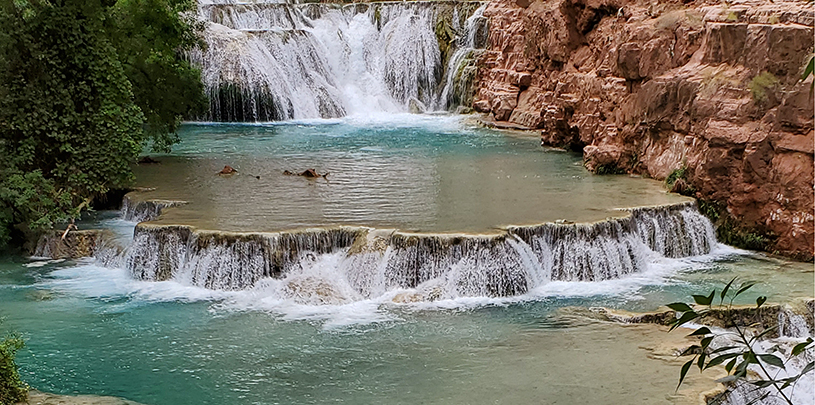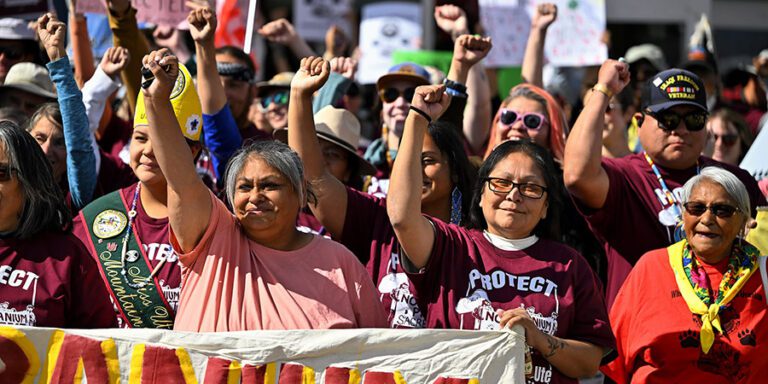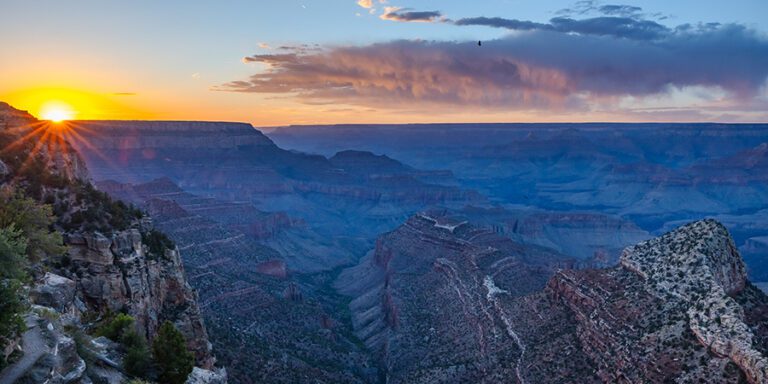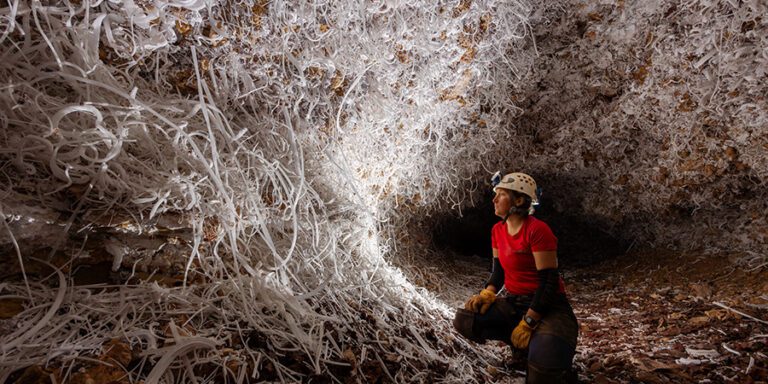
Changing Canyon Mine’s name to Pinyon Plain Mine doesn’t change the risks the uranium mine poses to the Grand Canyon.
To paraphrase Shakespeare: a uranium mine near the Grand Canyon by any other name is still a problem. And, whatever you call it, it still poses an unacceptable risk to the Grand Canyon and its precious waters, and to the Havasupai Tribe.
But, in an apparent attempt to disassociate Canyon Mine — a uranium mine that sits fewer than 10 miles from the rim of the Grand Canyon — from, well…the Grand Canyon, the mine’s owner, Energy Fuels Resources, recently announced to investors that it is changing the mine’s name. Canyon Mine is now officially “Pinyon Plain Mine.”
But changing the name doesn’t change the reality. Call it what you will, it remains a uranium mine sitting atop precious groundwater that feeds seeps and springs inside Grand Canyon National Park. This water is the lifeblood of the Havasupai Tribe. It feeds their iconic waterfalls. And the tribe considers the mine an existential threat to its people and its way of life.
“Canyon Mine…is a very dangerous site to the Havasupai people. We view it as death, we view it as contamination to our water, and that it will kill all animal life in the area.”
–Carletta Tilousi, Havasupai Tribal Council
Canyon Mine poses an unacceptable risk to the Grand Canyon
Changing the mine’s name won’t make concerns about risks to groundwater go away. Above all, it won’t change the mine’s flooding problem. To date, over 30 million gallons of groundwater contaminated with high levels of uranium and arsenic have been pumped out of the mine shaft. This water has been dumped in an uncovered pond which attracts wildlife. Animals regularly burrow under the fence to reach it, and birds have been photographed drinking from and bathing in the pond. The contaminated water has also been illegally trucked over state lines. It has even been misted into the air on national forest land to speed up evaporation.
Public pressure to close and clean up the mine
Changing Canyon Mine’s name appears to be an attempt to reduce the association between the mine and the Grand Canyon. It might also be an effort by the company to sidestep mounting public pressure to close and clean up the mine. And to stop pretending there’s no possibility of contaminating important groundwater aquifers and, at the very least, do a much better job of monitoring groundwater.
Putting aside the fact that rebaptizing Canyon Mine doesn’t reduce the threat it poses to the Grand Canyon, Pinyon Plain Mine isn’t such a bad name. After all, the mine sits in an otherwise peaceful meadow ringed by pinyon and ponderosa pines, in the Kaibab National Forest. This meadow, on public lands that are also the ancestral homelands of the Havasupai Tribe, lies within the Red Butte Traditional Cultural Property, near Red Butte, a site of vital cultural and spiritual significance to the tribe.
Fly over Canyon Mine and the Grand Canyon
For a recent flyover of the Grand Canyon and its namesake mine by the nonprofit EcoFlight, Carletta Tilousi, a member of the Havasupai Tribal Council, explained the significance of Red Butte and the tribe’s deep-rooted concerns about Canyon Mine. The tribe has strongly opposed the mine since it was built in the 1980s.
Mining uranium near the Grand Canyon isn’t worth it
A name change for Canyon Mine may be a sound public-relations move from the uranium company’s perspective. But it doesn’t change the mine’s location. And it’s that location that is the problem.
Groundwater flow in the Grand Canyon region is poorly understood by scientists, and the necessary research simply has not been done to determine whether contamination at Canyon Mine could spread to seeps and springs in the Grand Canyon, or to Havasu Creek, which flows through Supai Village on the Havasupai reservation and is the tribe’s sole source of drinking water.
These unknowns are of great concern to the Havasupai Tribe. “Water is very important to us because one it identifies us as Havasupai People,” Tilousi explained. “‘Havasu ‘Baaja’ means ‘people of the blue-green water,’ so it is our name. It runs through our veins, and it runs through our village. And we want to keep our water clean. We want to keep our communities and our animals and our people safe from any such contaminants that may come down the river.”
Canyon Mine’s original name, the name it has carried for over 30 years, embodies it best, signaling the risk it poses to the natural wonder for which it was named. But call it Canyon Mine or call it Pinyon Plain Mine, this name change isn’t fooling anyone. Canyon Mine remains an unnecessary and unacceptable risk to the Grand Canyon, its waters, and the people who have called this region home since time immemorial. No matter what you call this mine, mining uranium here just isn’t worth the risk.




